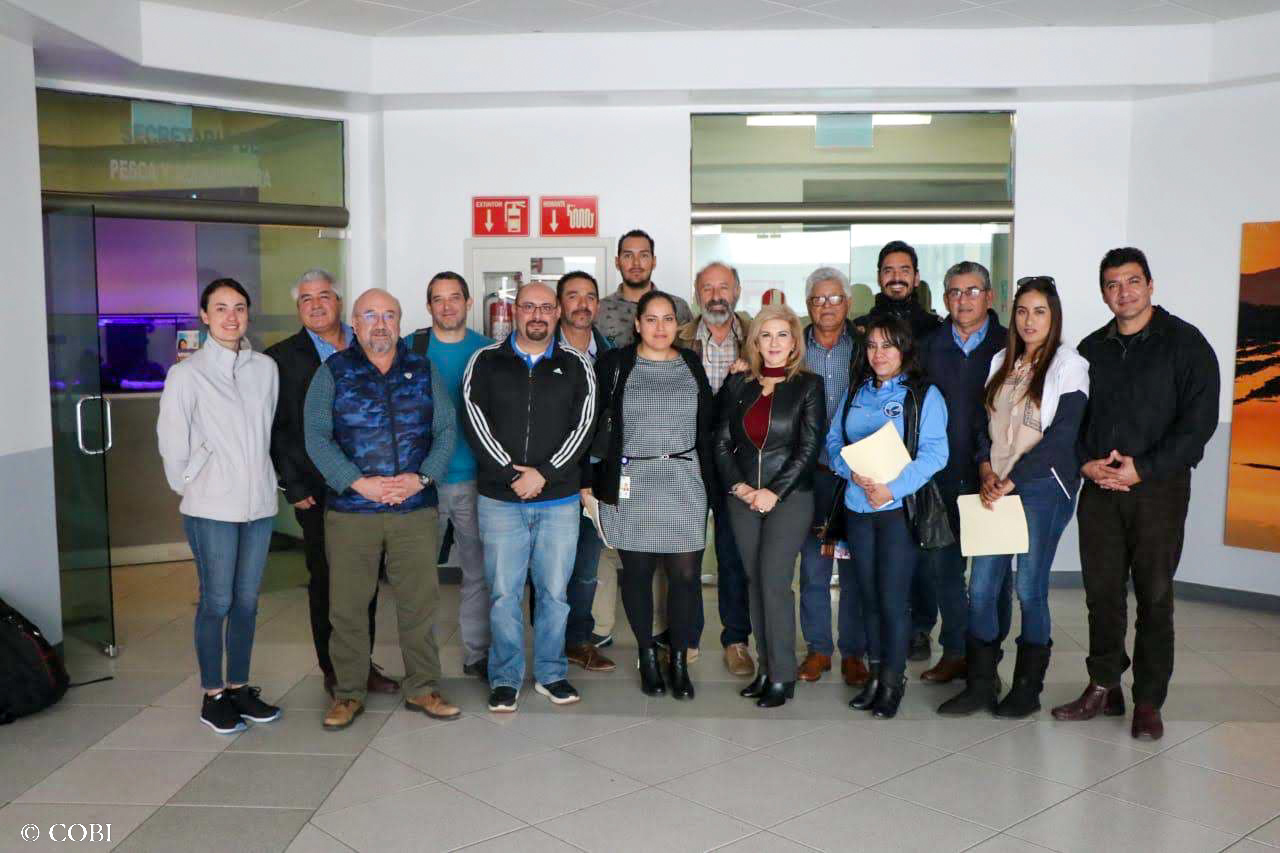This strategy consisted of applying for a call for proposals called: "Fund to Support Sonora Projects for the Environment", which made it possible to implement a soil and vegetation cover restoration program for the Parque Central or Parque Johnson Natural Protected Area.
Through the on-site identification of areas of greatest impact, this fund was managed for the development and placement of hydrological infrastructure such as gabions and cisterns.
We had the support of a group of engineers: HEMEK Engineering, as well as the participation of the Sonora Silvestre Collective for training and advice on the installation of the gabions and the support of groups of citizen volunteers for both the preparation and subsequent maintenance activities of the gabions.
For the achievement of this strategy, there was ample support and donations in time and material from various organizations:
CEDES - Economic Resources
Hemek Ingeniería S.A. de C.V. - Engineering and execution of the project.
TE Conectividad - Donation of a 5,000-liter cistern.
Ayuntamiento de Hermosillo - Donation of 42m3 of stone for gabion filling.
Alejandro Robles Topography - Topography works.
The observable results in terms of facilitating the establishment of vegetation cover, mitigation of heat islands are in the process of development since they are observable results in the longer term, however, it was observed after the first rains, a stabilization of the terrain upstream due to the action of the gabions allowing to reduce the speed of water, which was reflected in the reduction of sediment in the streets of the colony that connect to the ANP.
It is important that for the management of funds for the implementation of projects or programs, the cost involved should be carefully calculated, since in our case the cost was higher due to the use of machinery, since the sandy soil of the access to the area does not allow the entry of dump trucks to unload the stone in the proximity of each gabion.
Improve the agreements with the actors involved since the delivery times of governmental institutions were not always as desired in order to meet the goals in the stipulated times.
